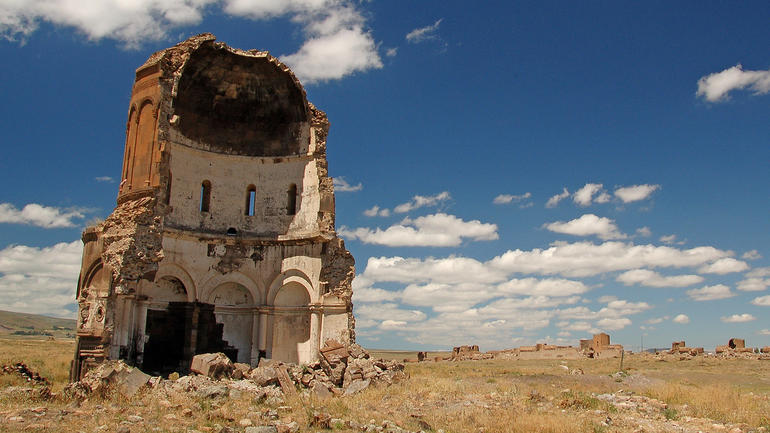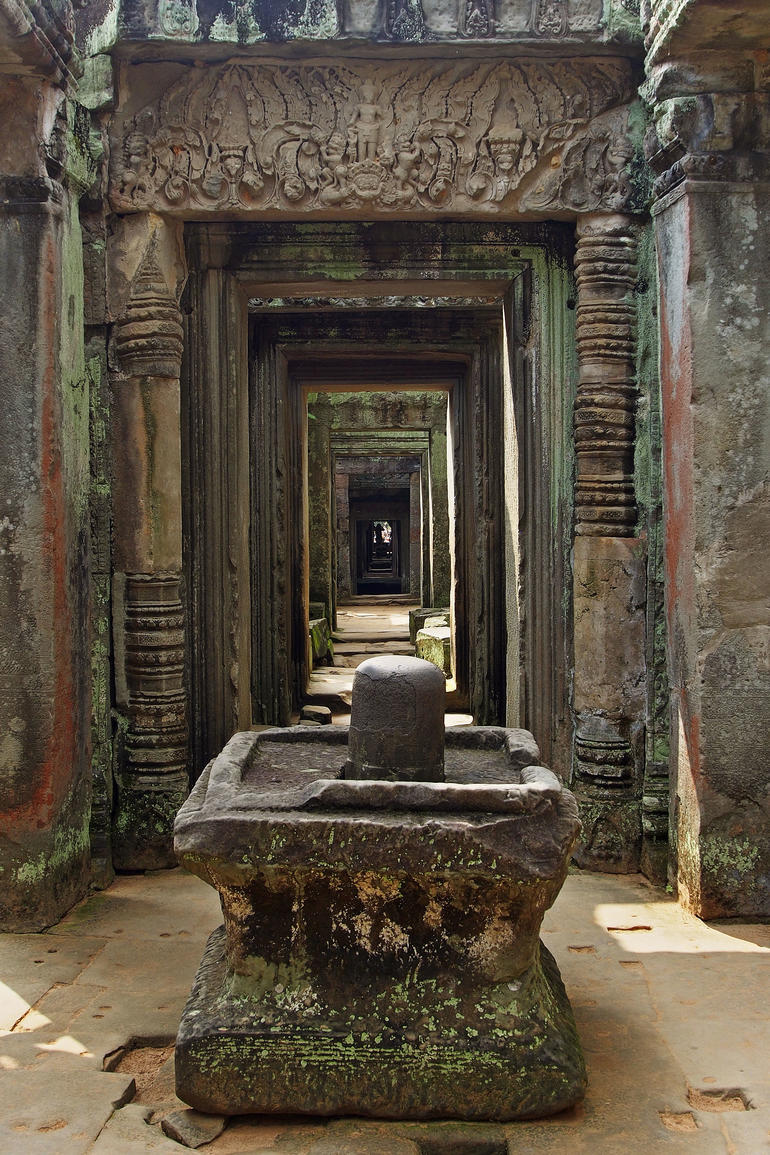
Two Decades of Advocacy
In creating the Watch, WMF sought to identify sites that represented the priorities and challenges in the global field of heritage conservation in order to address these challenges through our fieldwork. In 1996, we launched the Watch program with three specific goals:
- to focus public concern on the survival of heritage sites being thoughtlessly destroyed and/or poorly maintained;
- to save threatened sites through the catalytic effects of recognition and seed funding that the program would leverage;
- to attract more resources to the cause of preservation at the threatened sites.
American Express, Founding Partner of the World Monuments Watch in 1996, remains the major corporate sponsor of the program today.
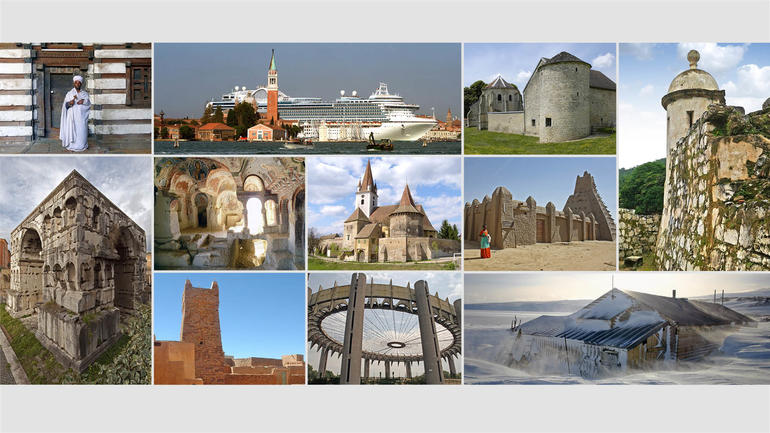
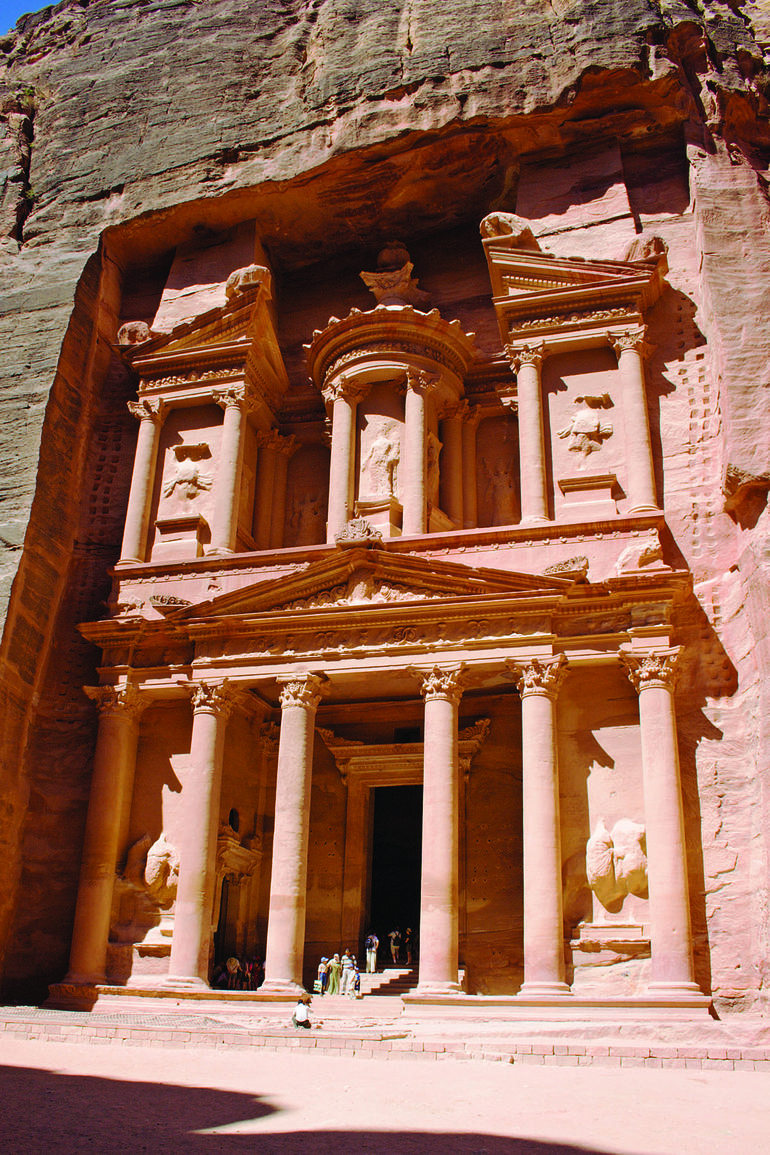
The Pulse of Cultural Heritage
Throughout the last twenty years, the Watch has become a barometer in heritage conservation, enabling WMF to identify the range and relative importance of issues confronting the field. Many of these issues have consistently emerged as salient themes on the Watch.
Heritage sites are victims of conflict. Nominations from places including but not limited to Cambodia, the Balkans, and the Middle East attest to this. As seen in Agra and Yangon, heritage sites suffer the impact of pollution, urban expansion, and increasing population. Natural catastrophes, accelerated by climate change, continue to affect heritage worldwide, from New Orleans to Kathmandu. The preservation of modern and industrial architecture, religious buildings, and sites of conscience, are other themes reflected in the history of the Watch.
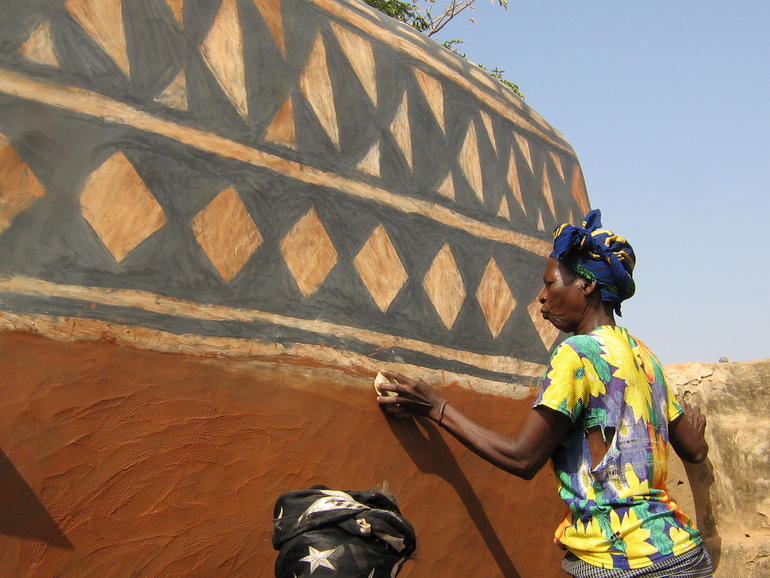
Success Stories
By almost any measure, the World Monuments Watch has been a success. WMF’s global investment in the conservation of Watch sites has been over $100 million, and we have tracked an additional $245 million in known counterpart funding.
Since 1996, two out of five Watch sites have received project support from WMF. More than a third of the remaining sites have shown clear improvement from the time of Watch inclusion, owing to a combination of increased external funding, wider public recognition, more significant community engagement, and enhanced public access.
The success stories that follow highlight a select group of Watch sites. Individually, these stories reveal the threats and challenges facing each site, and the solutions that were developed following inclusion on the Watch. As a whole, they reflect the accomplishments of the World Monuments Watch in its first twenty years.
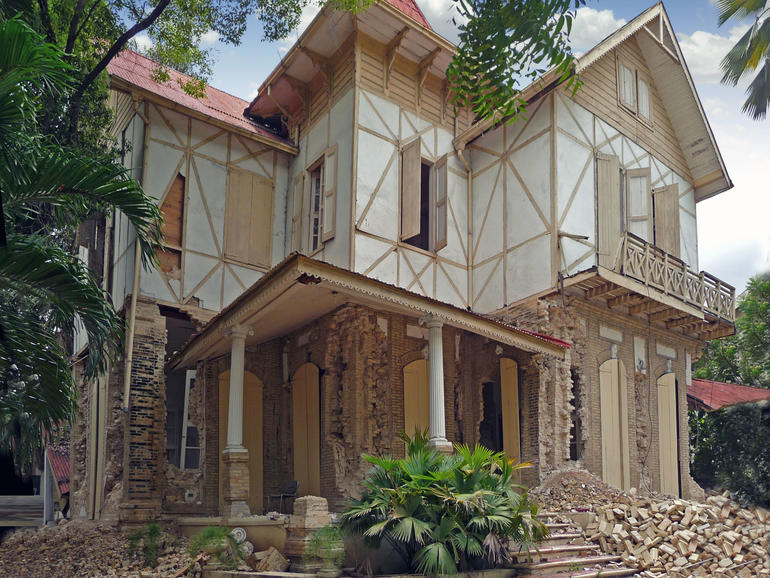
Gingerbread Neighborhood of Port-au-Prince, Haiti
The Gingerbread Neighborhood of Port-au-Prince was included on the 2010 Watch. Just a few months after the announcement of the Watch, Haiti was struck by a devastating earthquake, which wrought immense destruction on the country’s built fabric and infrastructure. The gingerbread houses demonstrated the value and contemporary relevance of their hybrid design, as they withstood the tremors and protected many lives.
Shortly after the earthquake, WMF began working with local and international partners to build capacity for the revitalization of this historic district. WMF assisted with training local artisans in restoration and seismic mitigation techniques, using the rehabilitation of one house in the neighborhood, the Maison Dufort, as a conservation model and neighborhood resource center.
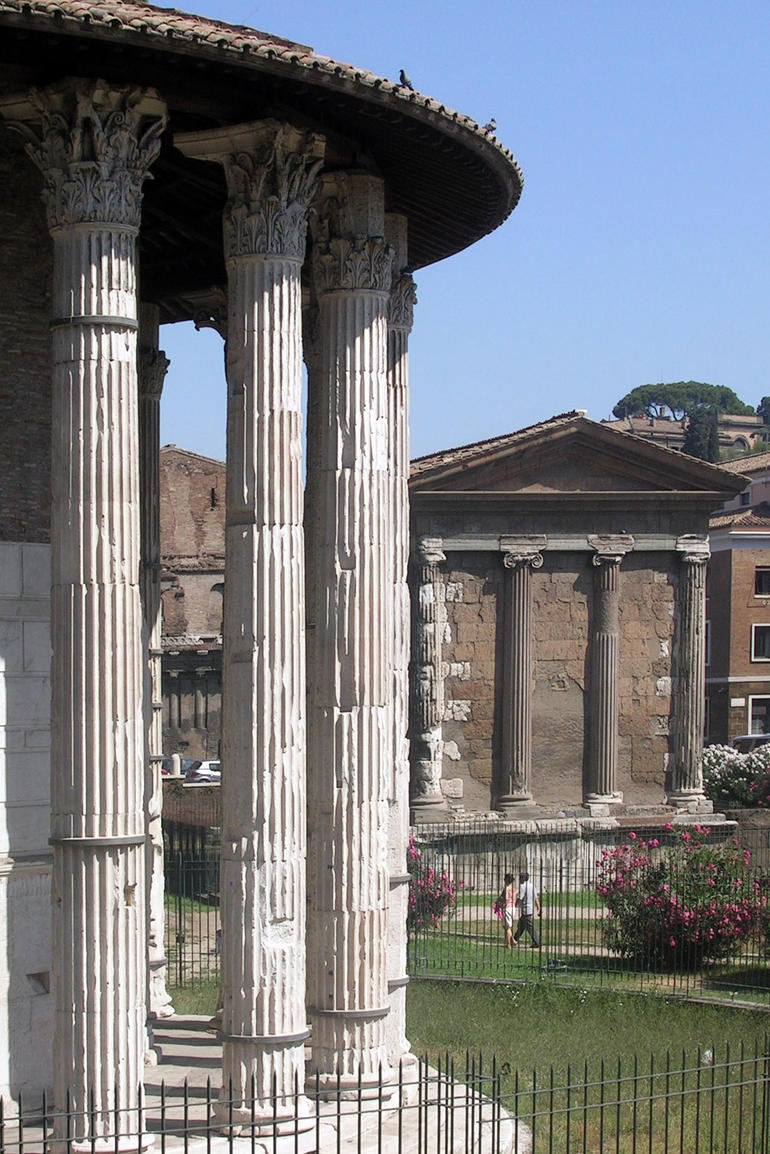
Temples of Hercules and Portunus in Rome, Italy
The temples of Hercules and Portunus are located in Rome’s Forum Boarium, an ancient forum once used for commercial, religious, and sporting activity. The Temple of Hercules was included on the 1996 World Monuments Watch and subsequently restored with the support of American Express. The neighboring Temple of Portunus was included on the Watch in 2006. Soon after, it became the object of large-scale restoration program supported by the Robert W. Wilson Challenge to Conserve Our Heritage.
More than revealing the classical beauty of these celebrated works of Roman architecture, these interventions allowed WMF to elevate the visibility of the Forum Boarium and improve public access to this ancient commercial space. Today, the forum and its monuments are enjoyed by residents and visitors alike.
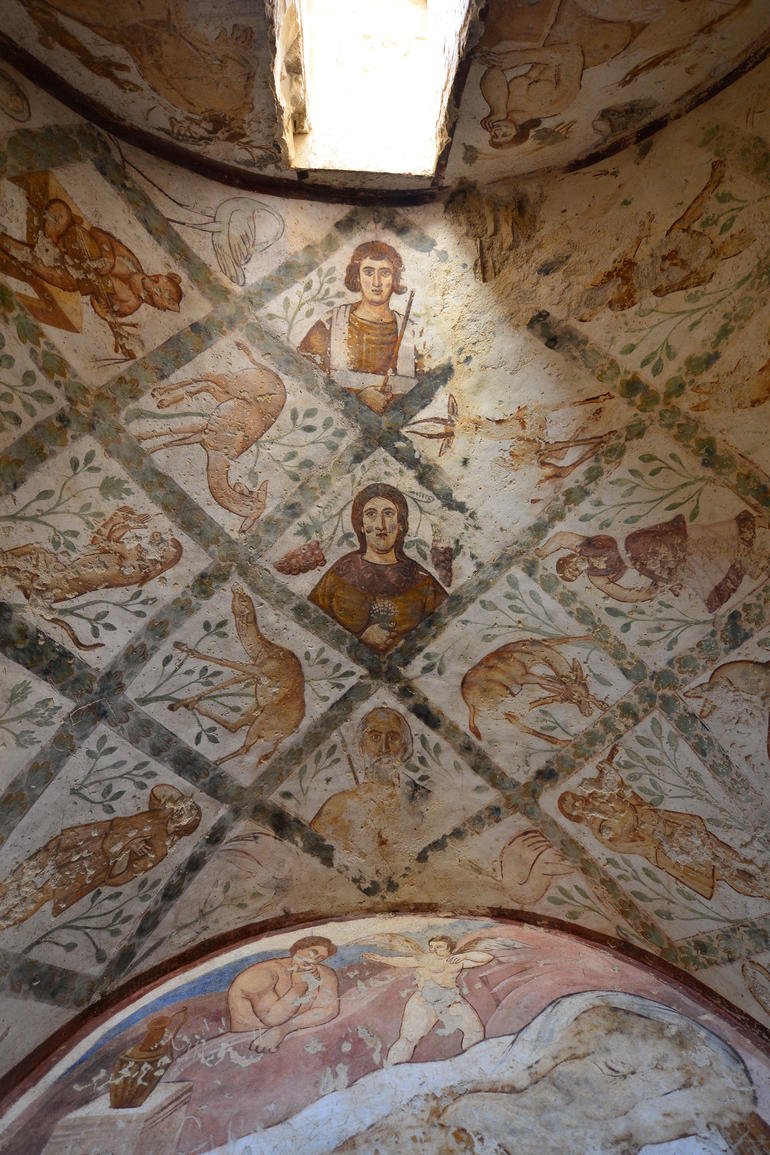
Qusayr’ Amra in Azraq, Jordan
The remarkable wall paintings of Qusayr’ Amra—unparalleled examples of early Islamic art—were a significant factor in the inscription of the site on the World Heritage List in 1985. In 2008, Qusayr ’Amra was included on the Watch. Since that time, WMF has worked with many institutional partners to document and conserve the building and its wall paintings.
The collaborative projects have led to renewed interest in this extraordinary monument in the desert and have offered innumerable opportunities for discovery about the site’s history, materials, iconography, and potential as a tourism and educational resource.
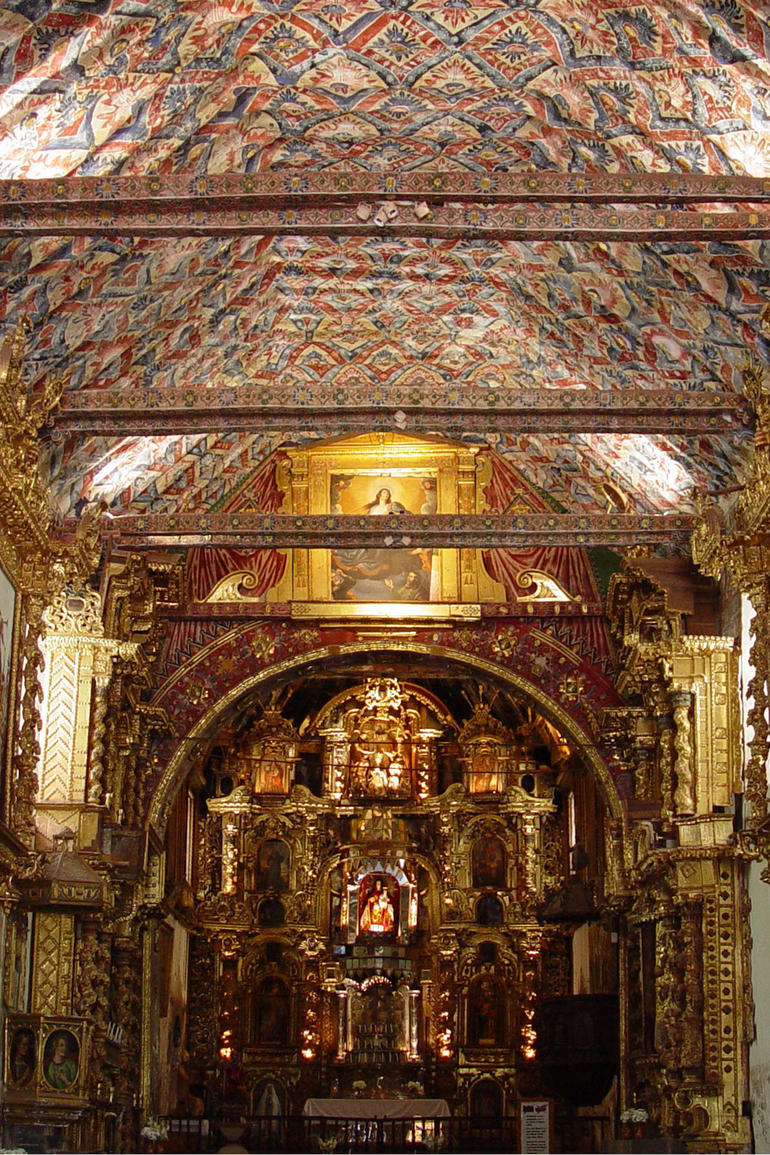
San Pedro Apóstol de Andahuaylillas Church, Peru
San Pedro Apóstol de Andahuaylillas Church, a sixteenth-century structure, was included on the 2008 Watch. Due to exposure to the elements and the nature of its construction, the church had been gradually deteriorating over the centuries. Seismic activity and inappropriate interventions had caused structural instability of the façade, balcony, and bell tower, also affecting the paintings and reliefs on the ceiling, the roof structure, and the decorative altarpieces inside of the church.
Following inclusion of the church on the Watch, WMF and WMF Europe provided funding for restoration work. The project acted as a catalyst for an offshoot project that focused on the development of the community itself. In 2009, WMF and the parish of Andahuaylillas supported the creation of a local youth group, Grupo Patrimonio Cultural Identidad y Desarrollo Comunitario, to combat the loss of identity that was taking place due to globalization and an increase in tourism. In 2012, Grupo Patrimonio was honored with the prestigious Travel + Leisure Global Vision Award.
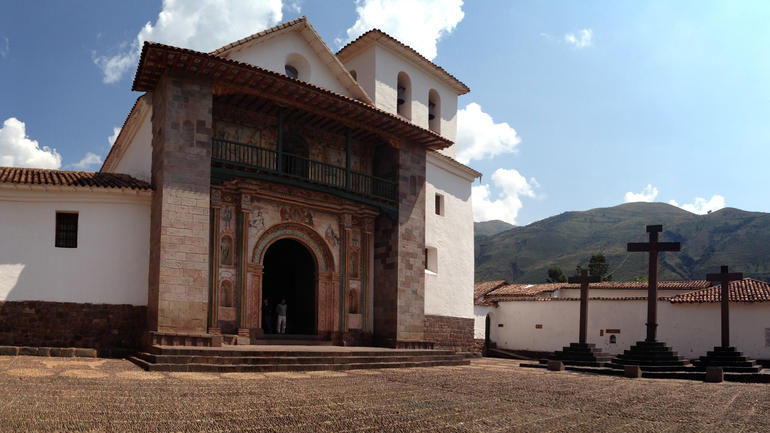
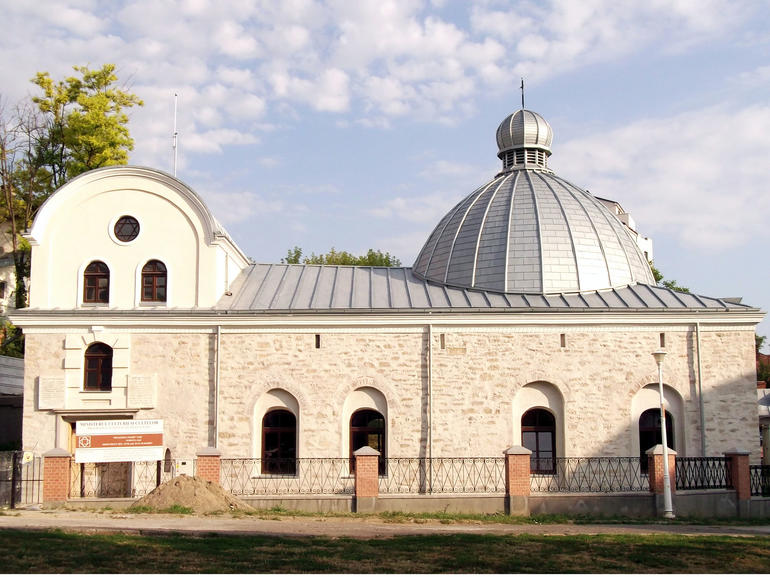
Great Synagogue of Iaşi, Romania
Inclusion on the 2014 Watch brought much-needed attention to the precarious state of the Great Synagogue of Iaşi, where conservation work had been stalled since 2008. Exposure to the elements had resulted in structural deterioration, and the inability to restart the conservation program was exacerbating the building’s condition.
Significant progress followed the site’s inclusion on the Watch, including the successful celebration of a Watch Day event that commemorated Jewish religion and tradition at the site. The Ministry of Culture resumed the conservation of the synagogue, and the scaffolding that had covered the building for almost a decade was removed in 2015, finally revealing the restored façade and roof. Additionally, through an award from the David Berg Foundation, WMF supported the emergency stabilization and conservation of the aron kodesh (Holy Ark).
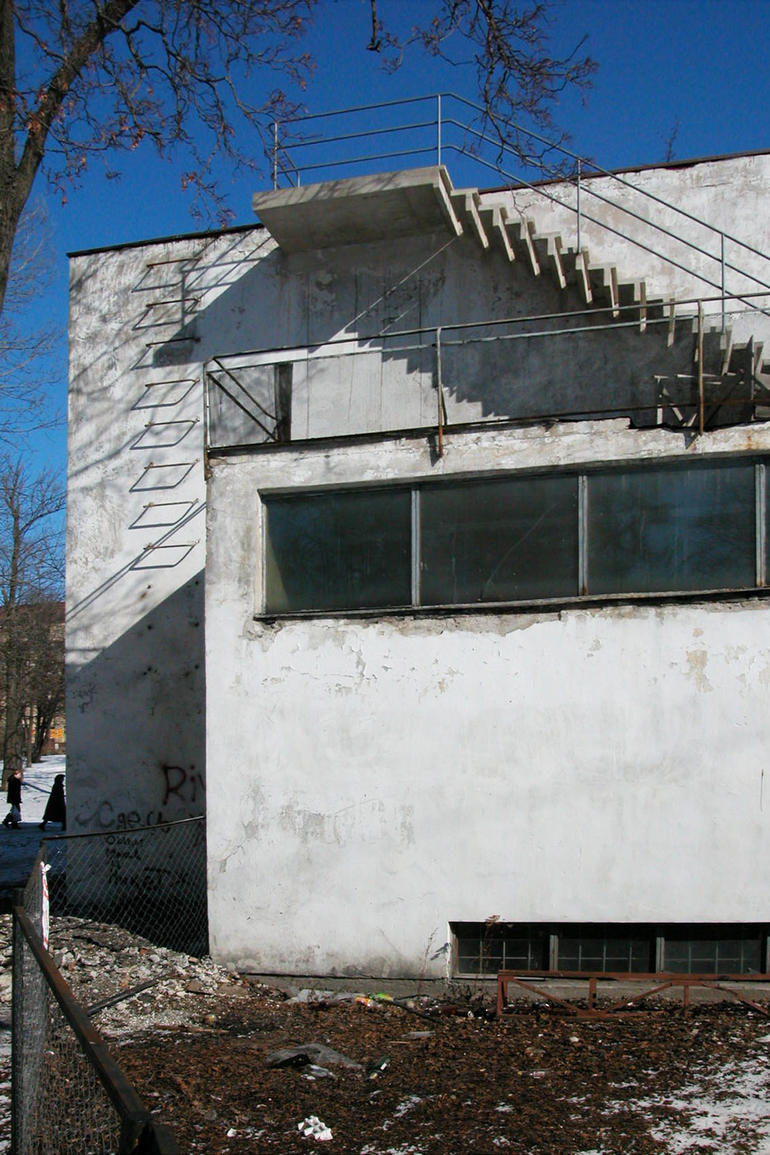
Viipuri Library, Russia
The history of Viipuri Library reveals a near-tragic struggle to survive multiple challenges, including war, shifting national borders, abandonment, and inappropriate repairs. The library was included on the Watch in 2000 and 2002 to draw attention to the need for comprehensive conservation and increased resources. Inclusion on the Watch validated the efforts of the Finnish-Russian restoration team, whose international campaign evolved into a 21-year project. Following inclusion on the Watch, WMF restored the building’s 58 signature skylights, with support from the Robert W. Wilson Challenge to Conserve Our Heritage.
Although intermittent funding resulted in the restoration of the library occurring in phases, the Russian government committed the funds needed to complete the project in 2011; work concluded in 2014. The architects responsible for the restoration of Viipuri Library received the 2014 WMF/Knoll Modernism Prize in recognition of their thorough and meticulous work. Now known as the Central City Library, the site continues to reflect its original architectural values while meeting the operational needs of the library and the community.
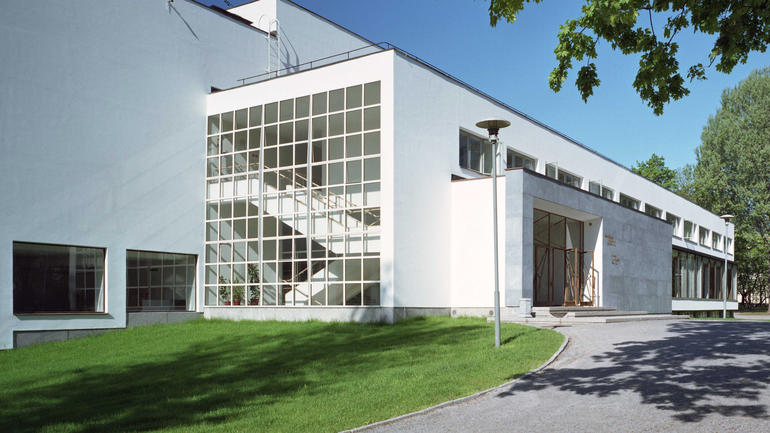
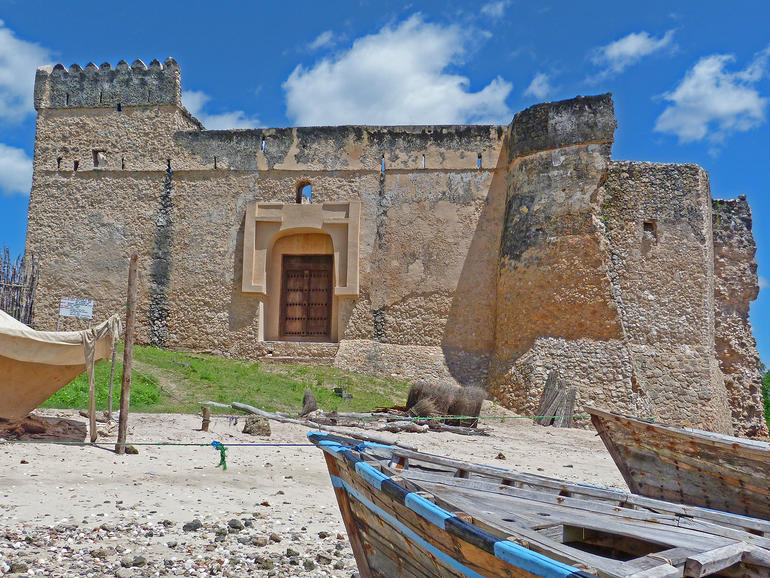
Historic Sites of Kilwa, Tanzania
The standing ruins of Kilwa Kisiwani represent centuries of East African history. Kilwa was inscribed as a UNESCO World Heritage Site in 1981, yet, over time, the island’s historic sites were left unprotected from the elements and suffered from coastal erosion and rising sea levels. In 2004, UNESCO included the island on its List of World Heritage in Danger.
Kilwa fort was included on the Watch in 1996. In 2008, the historic sites on the island were included collectively. That same year, WMF took action to address immediate dangers and facilitate future preservation activities. In 2011, Kilwa received a grant from the U.S. State Department’s Ambassadors Fund for Cultural Preservation to conserve select buildings and limit coastal erosion. Additionally, WMF focused on developing opportunities for training local craftspeople and expanding cultural tourism. In 2014, the World Heritage Committee removed the Kilwa ruins from the Heritage in Danger list, noting the critical steps taken in the management and safeguarding of the site.
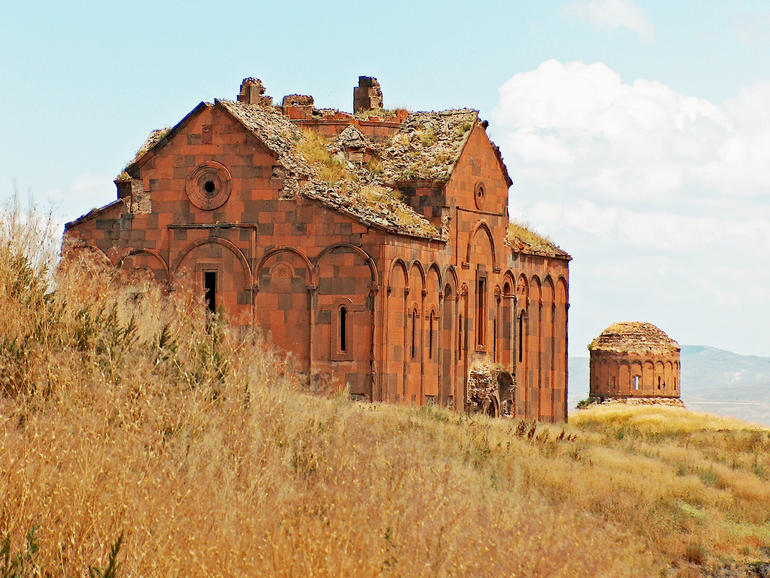
Ani Archaeological Site, Turkey
Both Ani Cathedral, built in 1001, and the Church of the Holy Redeemer, built in 1035, are located in the archaeological site of Ani. To highlight the continuing need for emergency conservation work, long-term planning measures, and site documentation in the region, it was included on the Watch in 1996, 1998, 2000, and 2002. Ani Cathedral and the Church of the Holy Redeemer became the focus of a WMF conservation program, which remains ongoing.
Inclusion on the Watch and WMF’s extensive work at the site helped leverage considerable funding from other sources to mount an extensive program of documentation, planning, and conservation. In 2013, a workshop entitled Ani in Context brought together art historians, archaeologists, historians, architects, engineers, and others to visit more than 20 sites in the region in order to better understand Ani and its environs.
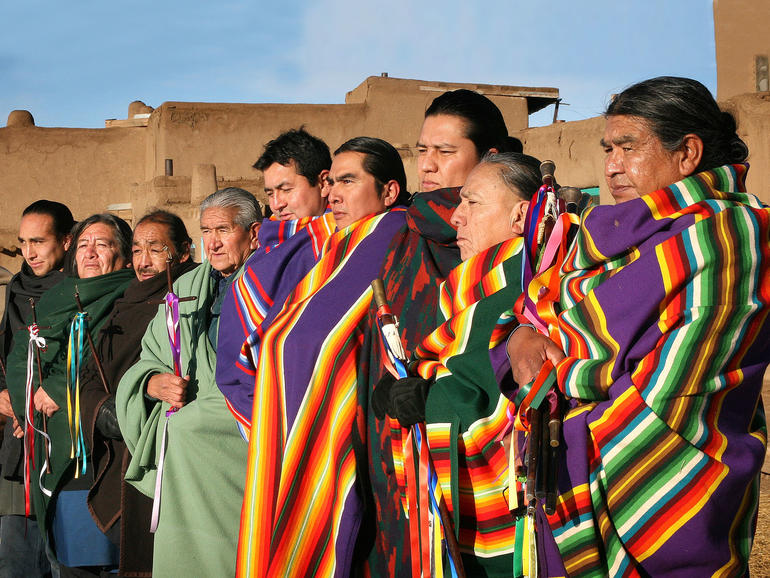
Taos Pueblo, USA
One of the oldest continuously-inhabited communities in the United States, Taos Pueblo is an ensemble of adobe structures that has retained its traditional forms and materials for centuries. Taos was included on the 2010 Watch to highlight the need for a site management plan to maintain its status as a World Heritage Site.
Following the Watch, the scope of work was expanded to include the creation of a training program in traditional construction methods for tribal members. The program, which resulted in the conservation of a nearly-collapsed dwelling, enabled the pueblo to qualify for funding from the U.S. Department of Housing and Urban Development to continue conservation and training efforts.
The project also helped to recognize and valorize the intangible heritage associated with the conservation work. The acts of harvesting wood from the sacred forest, creating adobe, and applying traditional materials to renew the structures offered participants the chance to connect language, spiritual practice, physical work, and ancient community traditions together.
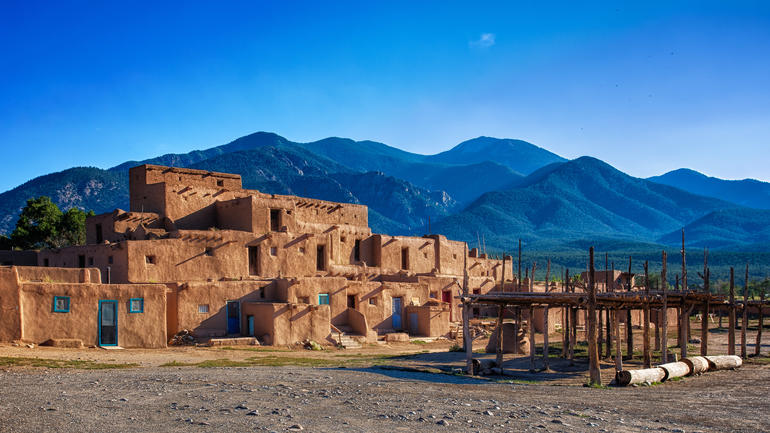
In addition to the sites presented in this slideshow, the World Monuments Watch has helped preserve hundreds of sites all over the world. This has been possible because of the work of many hundreds of heritage advocates who have submitted more than 2,000 nominations to the program, the experts who have assisted in the review of those nominations, and our generous supporters. Explore all Watch sites since 1996.


